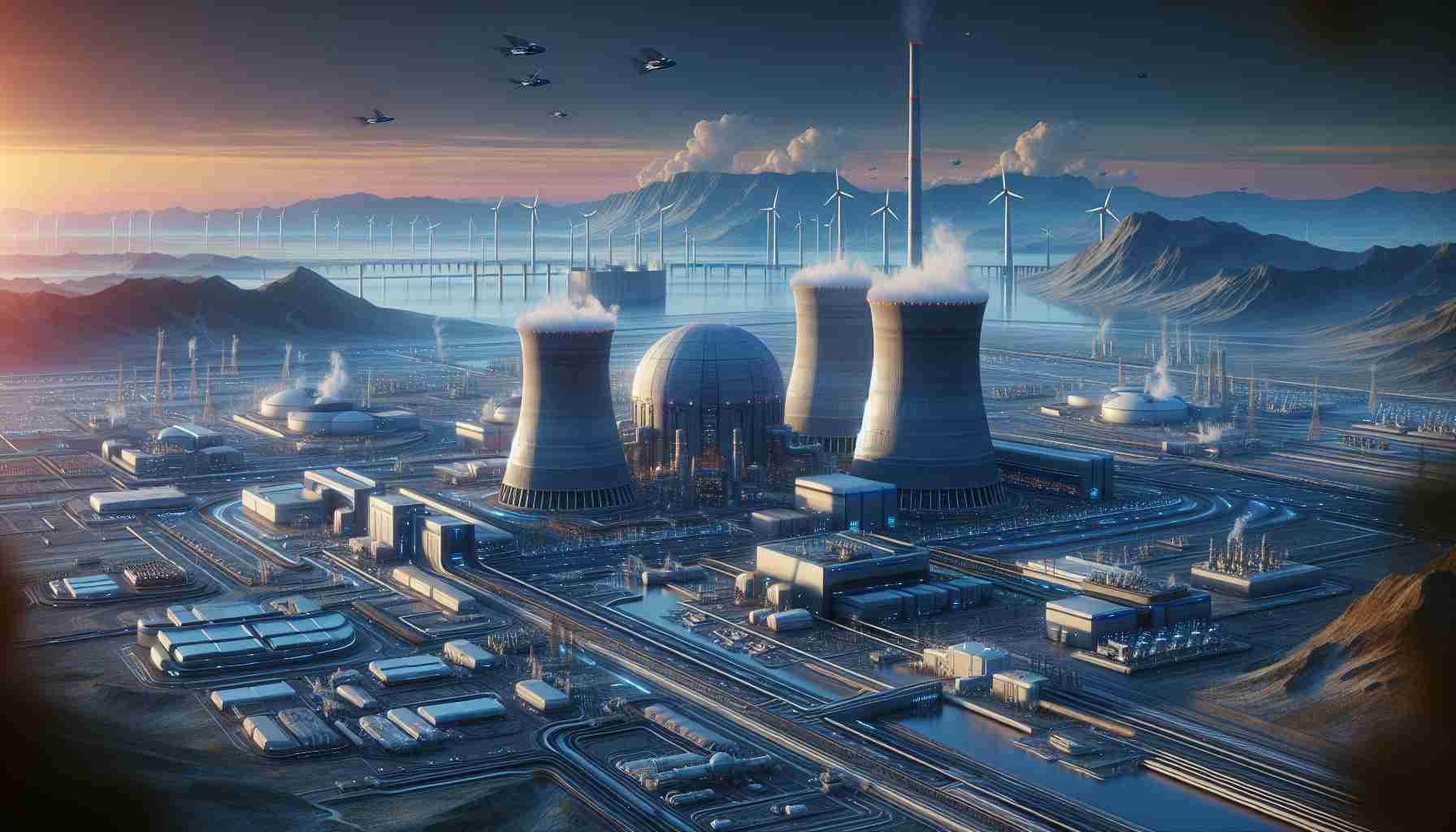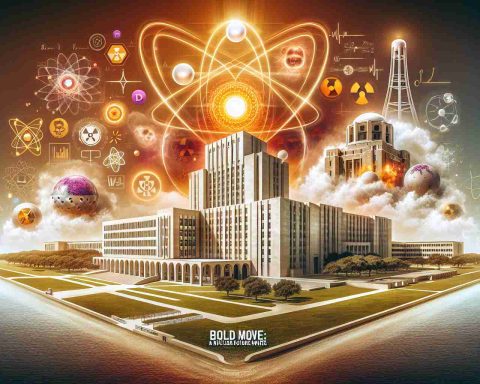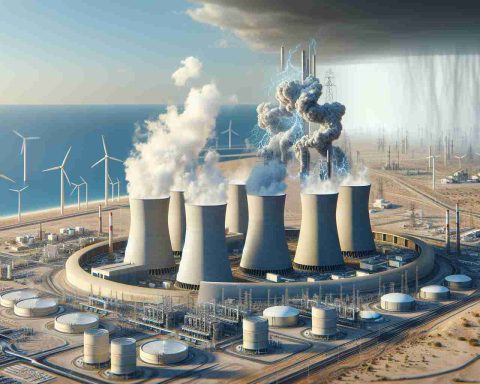- Santee Cooper is exploring new nuclear technologies like Small Modular Reactors (SMRs) and Generation IV reactors for potential energy solutions.
- These advanced reactors offer increased safety, efficiency, and lower investment risks compared to traditional nuclear plants.
- Nuclear energy presents a viable carbon-free alternative amidst growing climate change concerns, aligning with sustainability goals.
- Past failures, specifically the V.C. Summer project, make public trust and regulatory approval crucial for any new nuclear plans.
- A comprehensive evaluation of risks, costs, and benefits is necessary for Santee Cooper to decide on adopting advanced nuclear options.
Santee Cooper, South Carolina’s major state-owned utility, stands at a crossroads as it revisits the potential of nuclear energy amidst evolving technological advances. After the infamous abandonment of the V.C. Summer nuclear project in 2017, the utility is considering whether a new generation of advanced reactors could redefine its energy landscape.
Emerging Nuclear Technologies: Today’s nuclear technology is not what it used to be. Small Modular Reactors (SMRs) and Generation IV reactors offer enhanced safety features, improved efficiencies, and quicker deployment capabilities. Unlike their larger counterparts, SMRs require smaller upfront investments and possess inherent safety designs that reduce the risk of catastrophic failures.
Environmental and Economic Considerations: As concerns about climate change intensify, nuclear energy presents a carbon-free alternative to fossil fuels. Santee Cooper could align its operations with global sustainability goals while potentially benefiting economically from stable, long-term energy production. However, stakeholders remain wary, recalling the costly setbacks of the past.
Public and Regulatory Hurdles: To advance any nuclear initiatives, Santee Cooper would need to earn both public trust and regulatory approval, possibly reshaping their transparency and engagement strategies. Public opinion wields significant influence, particularly in light of previous missteps.
The Path Forward: For Santee Cooper, the decision to incorporate advanced nuclear technology is multifaceted, requiring a rigorous assessment of risks, benefits, costs, and political landscape. As South Carolina eyes a future intertwined with clean energy, could the nuclear option provide a safe and reliable path forward for Santee Cooper? The answer might just define the next era of the state’s energy strategy.
Can Santee Cooper Reinvent Its Energy Strategy with Nuclear Innovations?
Emerging Nuclear Technologies
Q1: What are the critical features of new nuclear technologies like Small Modular Reactors (SMRs) and Generation IV reactors, and how might they benefit Santee Cooper?
New nuclear technologies offer a host of advantages over traditional nuclear plants. Small Modular Reactors (SMRs) are designed to be more flexible in deployment, allowing them to be scaled up or down according to demand. This flexibility means they require a smaller initial investment compared to larger reactors, making them financially appealing. Additionally, Generation IV reactors are built with enhanced safety features that significantly reduce the risk of catastrophic failures. For Santee Cooper, these innovations could mean a safer, more economically viable return to nuclear energy that aligns with modern technological standards.
Environmental and Economic Considerations
Q2: How could adopting nuclear energy impact Santee Cooper’s environmental goals and economic stability?
Nuclear energy is a key player in reducing carbon emissions, offering a carbon-free alternative to fossil fuels. For Santee Cooper, incorporating nuclear power could significantly contribute to achieving its environmental sustainability goals. Economically, while the initial costs of nuclear energy projects can be high, the potential for long-term economic benefits is substantial due to stable energy production costs and energy security. However, Santee Cooper must carefully consider these factors against the backdrop of past controversies and financial setbacks.
Public and Regulatory Hurdles
Q3: What are the main challenges Santee Cooper faces in gaining public and regulatory support for new nuclear initiatives?
To successfully initiate new nuclear projects, Santee Cooper will need to overcome several challenges in both public opinion and regulatory landscapes. The memory of the abandoned V.C. Summer project looms large, necessitating a revamped strategy for public engagement and transparency. Gaining public trust will require clear communication of safety advancements and project benefits. On the regulatory side, securing approvals demands meeting stringent safety and environmental standards, which may require navigating complex bureaucratic processes.
Suggested Related Links
To explore more about nuclear technologies and the clean energy transition, you might visit:
– U.S. Department of Energy
– International Energy Agency
These trusted sites offer insights into energy innovations and global trends in sustainability.
The source of the article is from the blog publicsectortravel.org.uk















